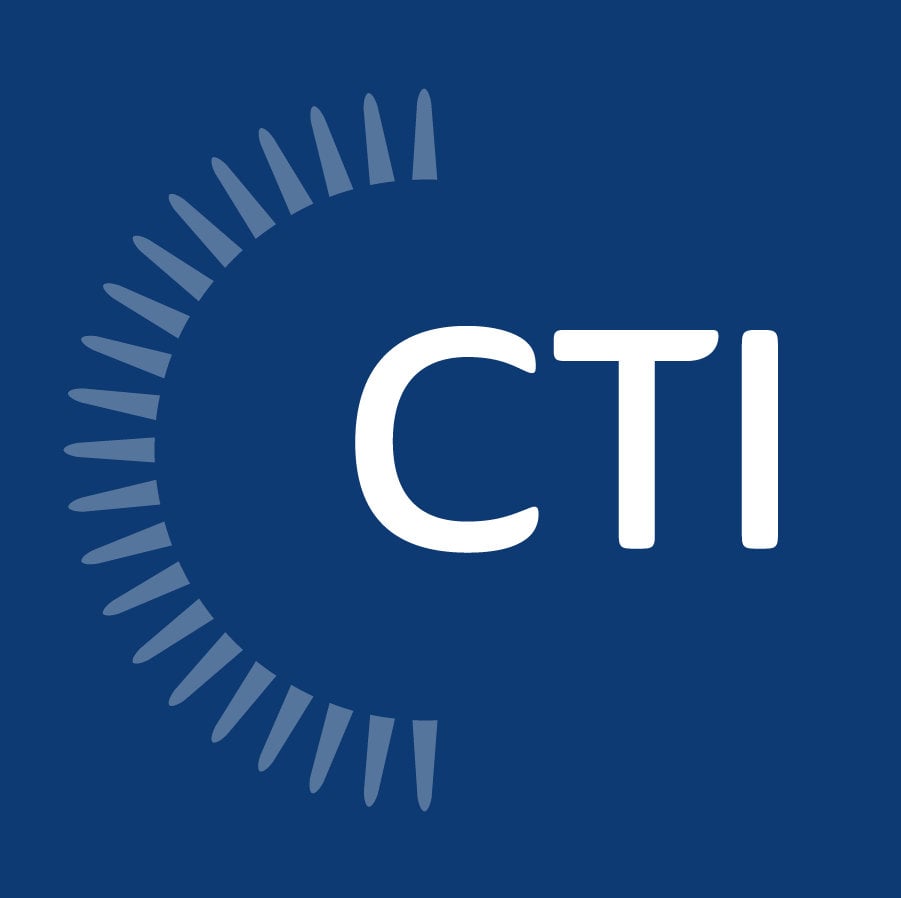
The whole intent of Section 179D is to provide an incentive in the form of a tax deduction to building owners who install energy-efficient lighting, windows & doors, roofing, insulation, and Heating, Ventilation, and Air Conditioning/Hot Water (HVAC/HW) equipment in new buildings or retrofit projects. All buildings in the US are eligible for the 179D deduction, except housing units less than 4 stories above ground. The Inflation Reduction Act of 2022 (IRA) affected section 179D in several ways, and the next three years will present a golden opportunity for the owners and designers of energy-efficient commercial building property (EECBP).
Easier for More New Buildings and Retrofit Projects to Qualify for a Deduction
Since all entities of the federal, state, and local government are tax-exempt and therefore unable to benefit from a tax deduction, the law allows for these government entities to “allocate” or transfer the deduction to the designer of the EECBP. This helps to ensure that there is still an incentive to make our public buildings and schools more energy efficient. Starting in 2023, the IRA expanded this program to allow all tax-exempt entities to allocate the 179D deduction to the designer, including charitable organizations, religious groups, and Native American tribal organizations. So, in addition to schools, libraries, and government buildings, eligible buildings may now include churches, day-care facilities, hospitals, donation centers, food distribution centers, etc.
The IRA reduced the minimum energy reduction threshold to qualify for the deduction from 50% to 25%, and the Internal Revenue System (IRS) Notice 2023-1 renewed the reference standard as the 2007 version of American Society of Heating, Refrigerating and Air Conditioning Engineers (ASHRAE) 90.1 instead of referencing the updated 2019 version. This effectively lowers the bar to qualify in two ways, by allowing a smaller energy reduction to qualify, and by comparing the proposed building and reference building built to a much older standard. Most states currently have building codes based on recent standards, so demonstrating significantly lower energy usage is relatively easy.
It’s also worth mentioning that prior to 2023, the 179D deduction could only be used once in the building’s lifetime, but now buildings become re-eligible for 179D deductions every 4 years, and the newly established Qualified Retrofit Plan means future EECBP retrofits are eligible for the deduction every 4 years if they reduce the energy use intensity of the building by at least 25%.
Learn More: 179D Certification Overview |
Larger Deductions and a Stronger Labor Force go Hand-in-Hand
The IRA established a new sliding scale, where the deduction increases incrementally with each percent reduction in energy costs. At the lower energy savings threshold of 25%, the new minimum benefit amount is $0.54/square foot (sq. ft.), which increases by $0.02 for each percent improvement from 25-50%, up to a maximum benefit of $1.07/sq. ft. At first glance, these benefits are lower than the pre-IRA deduction levels, which ranged from $0.63-$1.88. However, there’s a big kicker - the IRA introduced a huge incentive intended to raise the compensation and competency level for energy-efficient trade workers, known collectively as prevailing wage and apprenticeship requirements. If these requirements are met, the 179D deductions increase five-fold, now starting at $2.68/sq. ft. at the 25% lower threshold, growing incrementally $0.11/sq. ft. from 25-50%, up to a maximum benefit level of $5.36/sq. ft.!
While the prevailing wage and apprenticeship requirements may seem onerous and costly upfront, they are the key to unlocking increased deduction levels and will lead to a stronger labor force for energy-efficient equipment installations. These requirements have been mandatory for most government projects for years, therefore many 179D candidates will already have these programs in place, making these elevated deduction levels within easy reach.
The Time is Now
Section 179D was made a permanent part of the tax law in 2021, so it’s here to stay, but it will not be this easy to qualify forever. The IRS has stated that starting in 2027, the 179D reference standard will be upgraded to the 2019 version of ASHRAE 90.1, which has considerably higher energy-efficiency requirements compared to the current 2007 version. This means that it will be much more difficult to demonstrate energy savings of 25-50% in 2027. The time period from 2023-2026 will be known as the Golden Age of 179D, where the benefits levels are high, and the qualification requirements are low. Let our team of engineers, accountants, and legal experts guide you through the process of obtaining the required certification to claim the 179D deduction.
Contact CTI today and let our team of Energy Incentive experts work to maximize your credit and help you discover your eligibility for the 179D Deduction.



